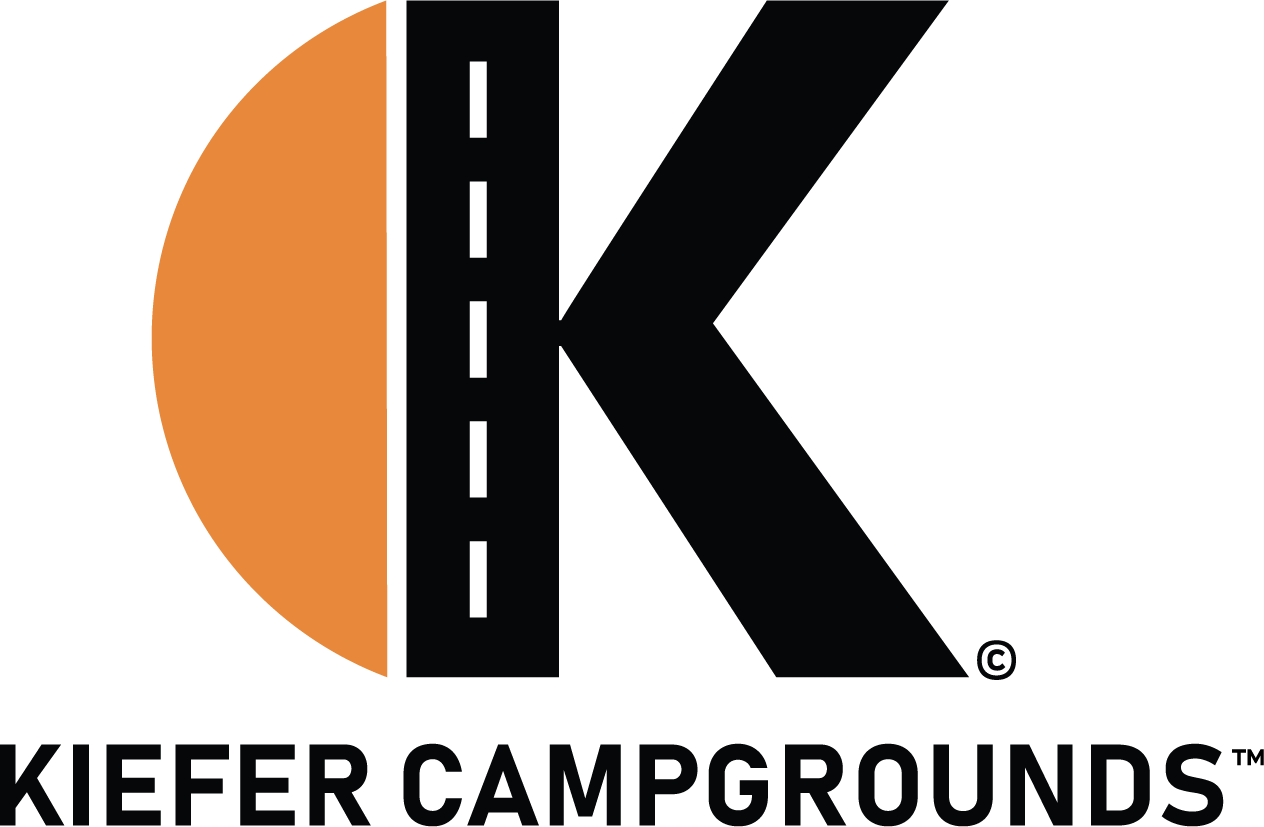Heres Some Camping Tips & Tricks at Your Fingertips
Our Kiefer Campground Blog is the information you need to make your next camping trip even more enjoyable. From RV and camping tips and tricks, to amazing campfire recipes, to advice on planning your next trip... the information below is here to help you. And please, feel free to comment and share your experiences, knowledge and favorite recipes. At Kiefer Campground, we are a family and all here to help each other enjoy the great outdoors to the fullest!

DIY Camping Lantern
Making a simple DIY lantern while camping can be a fun and practical activity that is perfect for all ages. Here’s a great method to create a camping lantern using a few basic materials:
Materials you’ll need:
- Empty and cleaned tin can (soup can or similar size)
- Hammer and nail or a drill with a small bit
- Wire or a coat hanger
- Candle or a battery-powered LED tea light
Instructions:
- Prepare the tin can: Make sure the tin can is empty, clean, and dry. Remove any paper labels and wash off any leftover adhesive.
- Create ventilation holes: To allow air to circulate and prevent the candle from suffocating, you’ll need to create ventilation holes in the tin can. Using a hammer and nail or a drill with a small bit, carefully punch or drill several holes around the sides of the can, near the top. Space the holes evenly to ensure proper airflow.
- Make a handle: Cut a piece of wire or use a coat hanger to create a handle for the lantern. Bend the wire into a loop and attach each end securely to opposite sides of the tin can near the top. The handle should allow you to hang the lantern or carry it easily.
- Insert the light source: If you have a battery-powered LED tea light, simply place it inside the tin can. If you’re using a candle, you can use a small amount of melted wax to secure the candle to the bottom of the can, making sure it stands upright.
- Test the lantern: Light the candle or turn on the LED tea light to test the lantern. Ensure the ventilation holes are providing enough air to keep the flame burning steadily.
- Hang or place the lantern: Depending on your preference, you can hang the lantern from a tree branch or a tent pole using the handle, or you can place it on a flat, stable surface.
Safety Tips:
- Always exercise caution when using an open flame, such as a candle, in or near your camping area. Keep the lantern away from flammable materials and never leave it unattended.
- If using a candle, be sure to extinguish it completely before going to bed or leaving the campsite.
- If using a battery-powered LED tea light, make sure you have spare batteries in case the light runs out.
Pro Tip:
- The ventilation holes you created are perfect for allowing air to circulate. You can also get creative with the placement to create beautiful designs in your lantern. See examples below.


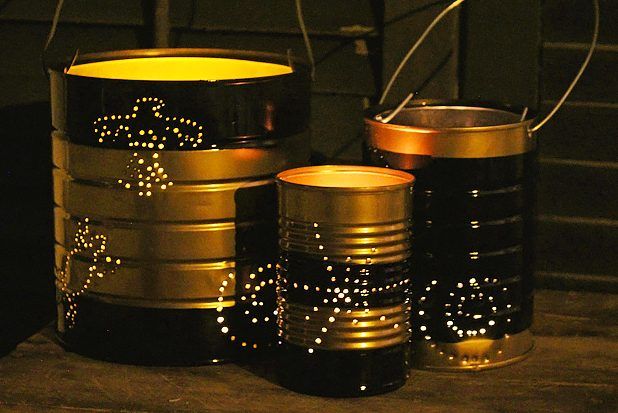
This DIY camping lantern is a simple and fun project that can provide cozy and ambient lighting for your camping adventures. However, it’s essential to prioritize safety and follow proper fire safety guidelines when using any type of open flame in a camping setting. Come visit any of our Kiefer Campgrounds today to show off your new lanterns!
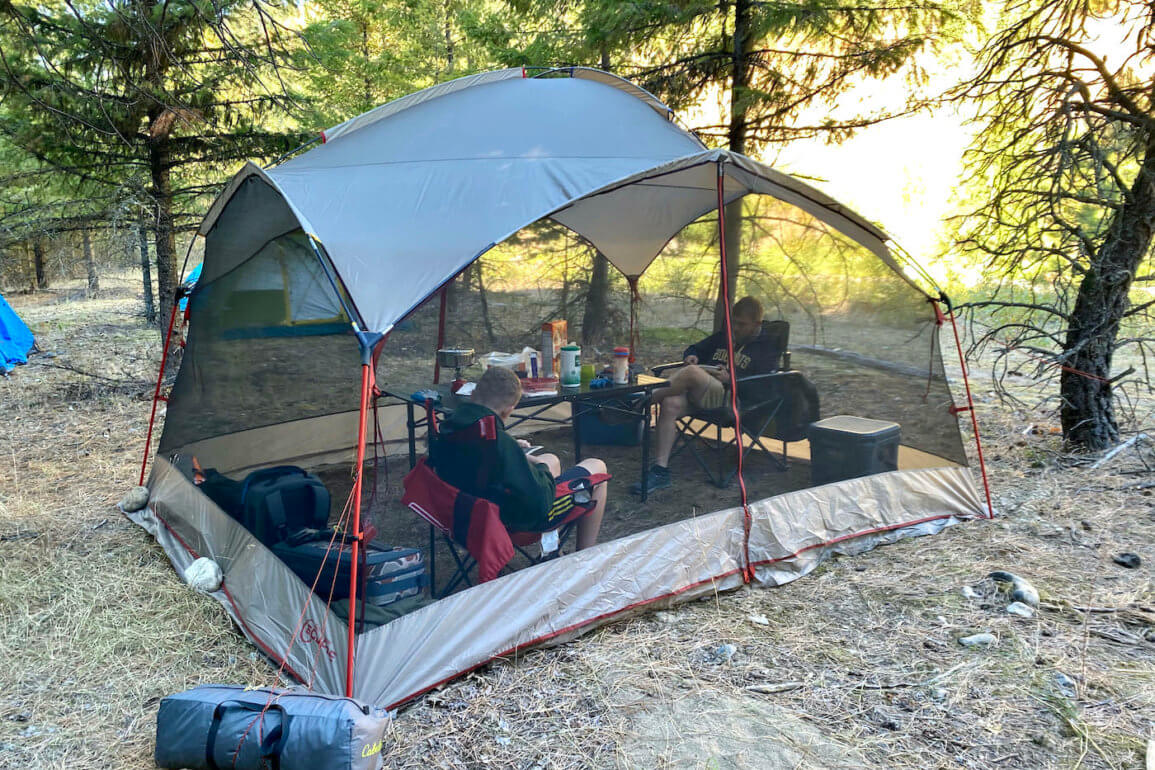
Minimizing Bugs While Camping
Imagine you are camping and have just settled down by your campfire to eat a lovely meal. Suddenly you hear buzzing from all around you. It’s more bugs coming to pester you during your time outside. Don’t you wish there was a way to manage them better?
Here are some tips to help you manage bugs while camping:
- Choose the Right Campsite: When selecting a campsite, consider the proximity to water sources, dense vegetation, or stagnant areas that may attract more bugs. Choose a campsite that is more open and away from standing water to minimize bug populations.
- Use Insect Repellent: Apply insect repellent on exposed skin and clothing to deter mosquitoes, ticks, and other biting insects. Look for repellents that contain DEET, picaridin, or other EPA-approved ingredients. Follow the instructions on the product label for proper application and reapplication.
- Wear Protective Clothing: Wear long sleeves, long pants, and socks to minimize exposed skin and reduce the chance of bug bites. Tuck your pants into your socks to create a barrier and avoid gaps where bugs can crawl in. Consider wearing lightweight, breathable clothing to stay cool while protecting yourself.
- Set Up Bug Screens: Use a tent with built-in bug screens or set up a separate bug screen enclosure around your eating and lounging areas. This will create a physical barrier between you and the bugs while allowing for ventilation. Ensure that all openings, such as doors and windows, are properly screened to keep bugs out.
- Keep a Clean Campsite: Bugs are attracted to food and odors, so maintain a clean campsite. Store food properly in sealed containers or coolers to prevent attracting pests. Dispose of trash in designated containers and keep your cooking and eating areas clean. Avoid leaving food scraps or dirty dishes around your campsite.
- Consider Natural Repellents: Some natural repellents, such as citronella candles, essential oils (like lemon eucalyptus or lavender), or herbal bug sprays, may provide some relief from bugs. Keep in mind that their effectiveness can vary, and they may not be as long-lasting as chemical repellents.
- Avoid Peak Bug Activity Times: Be mindful of the times when bugs are most active. Mosquitoes, for example, are most active during dawn and dusk. If possible, plan your activities to avoid these peak bug activity times or take extra precautions during those periods.
- Eliminate Standing Water: Mosquitoes breed in standing water, so eliminate any sources of stagnant water near your campsite. This includes emptying and drying out containers, checking for puddles, and removing any items that can collect water.
- Use Bug Zappers or Traps: Consider bringing bug zappers or traps to help control flying insects. These devices attract bugs and either electrocute them or trap them, reducing their numbers around your campsite. Follow the manufacturer’s instructions for safe and effective use.
- Educate Yourself: Learn about the specific bugs common to the area where you’ll be camping. This knowledge can help you understand their behavior, preferred habitats, and appropriate methods for control.
Remember, it’s difficult to completely eliminate all bugs while camping, but these tips can help minimize their presence and make your camping experience more enjoyable. To put these tips to use, come stay at any of our Kiefer Campgrounds today!
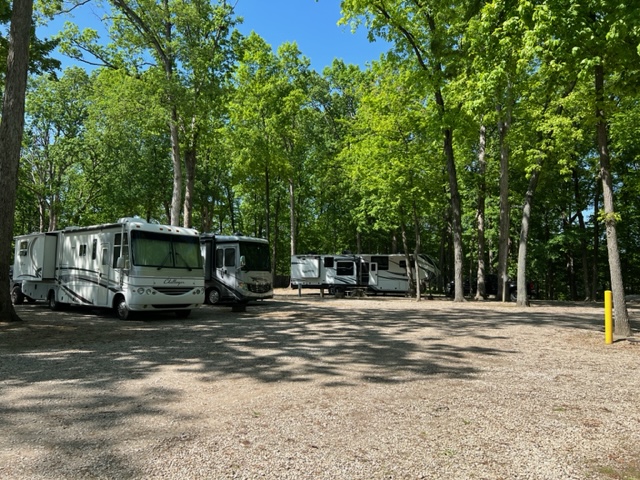
Camping In Hot Weather
Camping in hot weather can be challenging, but with the right preparations, you can stay comfortable and enjoy your camping experience. Here are some tips for dealing with the summer heat while camping:
- Choose a Shaded Campsite: Look for a campsite that offers plenty of shade. For both tents and RVs this can help to keep your temperature indoors much lower.
- Stay Hydrated: Drink plenty of water throughout the day to stay hydrated. Bring a sufficient supply of water and consider carrying a reusable water bottle that you can refill regularly. Avoid excessive consumption of sugary or caffeinated drinks, as they can dehydrate you.
- Dress Appropriately: Wear lightweight and breathable clothing made of moisture-wicking materials. Opt for light-colored clothing that reflects the sunlight rather than absorbing it. Don’t forget to wear a wide-brimmed hat and sunglasses to protect your face and eyes from the sun.
- Seek Shade during the Hottest Hours: During the peak heat of the day, typically between 11 a.m. and 4 p.m., find shade and avoid strenuous activities. Plan your outdoor adventures, hikes, or other physical activities for the early morning or late afternoon when the temperatures are cooler.
- Use Cooling Accessories: Utilize cooling accessories to help beat the heat. Carry a portable battery-operated fan or a misting fan to provide a refreshing breeze. Use cooling towels or bandanas that can be soaked in water and wrapped around your neck or forehead to cool you down.
- Plan Water Activities: If you’re camping near a lake, river, or beach, take advantage of the water for swimming or water-based activities. This can help you stay cool and refreshed during the hot days. Camp Lakewood Campground has a wonderful lake for all your water activities.
- Cook Light Meals: Opt for light and refreshing meals that require minimal cooking or heating. Focus on fresh fruits, vegetables, salads, and cold sandwiches. Avoid using your campfire or stove during the hottest hours of the day to prevent additional heat in your campsite.
- Take Breaks in Air-Conditioned Spaces: If the heat becomes unbearable, consider taking breaks in air-conditioned spaces. Take a break inside your RV or venture into any of our camp stores to enjoy the cool air.
- Stay Sun-Safe: Apply sunscreen regularly and use a high SPF to protect your skin from harmful UV rays. Seek shade whenever possible, and if you’re planning outdoor activities, wear a wide-brimmed hat and sunglasses for added sun protection.
Remember to listen to your body and take breaks as needed. If you or anyone in your camping group experiences symptoms of heat exhaustion or heatstroke, such as dizziness, nausea, rapid heartbeat, or confusion, seek medical attention immediately. Stay safe and have a cool and enjoyable camping experience!
Think you’re ready to take on the heat? Book a site at any of our Kiefer Campgrounds today!
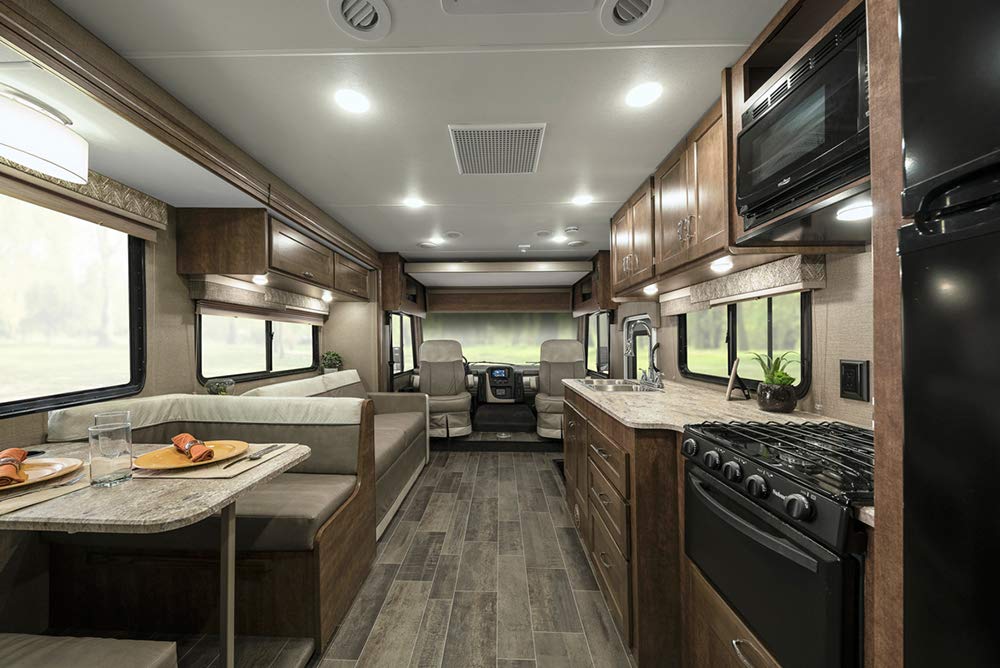
RV Upgrades
Upgrading your RV can enhance its comfort, functionality, and aesthetics. Here are some simple and easy ways to upgrade your RV:
Upgrades
- Replace Lighting: Upgrade the interior lighting in your RV with LED bulbs. LED lights are energy-efficient, last longer, and produce less heat compared to traditional incandescent bulbs. You can also consider adding additional lighting fixtures or task lighting to improve visibility.
- Upgrade Mattresses and Bedding: Replace the existing mattresses in your RV with more comfortable options. Consider memory foam or gel-infused mattresses for better sleep quality. Upgrade your bedding with high-quality sheets, pillows, and blankets for a cozier feel.
- Install a Smart Thermostat: Replace the standard thermostat with a smart thermostat that allows you to control the temperature remotely. Smart thermostats provide more precise temperature control and can help save energy by adjusting settings based on your preferences and occupancy.
- Add Storage Solutions: RVs often have limited storage space. Install additional storage solutions such as hanging organizers, shelving units, or under-bed storage containers to maximize space and keep your belongings organized. Consider adding hooks or racks to hang items like towels or jackets.
- Update Window Treatments: Replace outdated curtains or blinds with newer window treatments. Consider blackout curtains or cellular shades to improve privacy, block out light, and regulate the temperature inside the RV.
- Upgrade Kitchen Appliances and Accessories: Enhance your RV kitchen by upgrading appliances like the refrigerator, stove, or microwave if needed. Consider adding space-saving accessories like collapsible dish racks, magnetic spice holders, or compact utensils to maximize functionality.
- Install a Backup Camera: Improve safety and convenience by installing a backup camera on your RV. A backup camera provides a clear view of what’s behind you, making parking and maneuvering easier.
- Enhance Entertainment Systems: Upgrade your RV’s entertainment systems by installing a new flat-screen TV, a surround sound system, or a multimedia player with Bluetooth connectivity. Consider adding outdoor speakers or an awning-mounted TV for outdoor entertainment.
Final Thoughts
Remember to assess your RV’s specific needs and prioritize upgrades based on your preferences and budget. Incremental improvements can make a significant difference in the overall enjoyment of your RV camping experience. We look forward to seeing your upgraded RVs at each of our Kiefer Campgrounds.
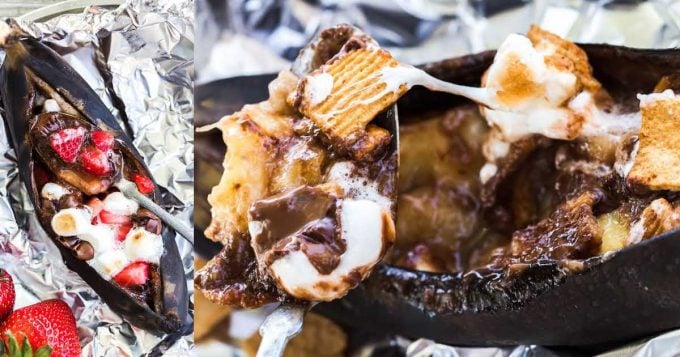
Camping Desserts
Camping desserts are a delicious way to end your outdoor adventures on a sweet note. Here are some popular camping dessert ideas that are easy to make and enjoyable for everyone:
- S’mores: The classic camping dessert! Roast marshmallows over the campfire and sandwich them between graham crackers with a piece of chocolate. The heat from the melted marshmallows will create a gooey, chocolatey delight. For a spin on this classic recipe check out our blog S’mores Nachos.
- Campfire Banana Boats: Slice a banana lengthwise, leaving the peel intact. Stuff the banana with chocolate chips, mini marshmallows, and any other desired toppings. Wrap it in aluminum foil and place it in the campfire coals for a few minutes until the chocolate and marshmallows melt. For more details check out our blog Banana Boats.
- Dutch Oven Cobbler: Prepare your favorite fruit cobbler by layering fruit (such as peaches, berries, or apples) in the bottom of a Dutch oven. Top it with a mixture of biscuit dough and sugar. Cover the Dutch oven and place it over the campfire, cooking until the fruit is bubbly and the biscuit topping is golden brown.
- Grilled Fruit Skewers: Thread chunks of your favorite fruits, such as pineapple, mango, strawberries, or peaches, onto skewers. Grill the skewers over the campfire until the fruits are caramelized and slightly charred. Serve them with a dollop of yogurt or a drizzle of honey.
- Campfire Cones: Fill sugar cones with a mixture of chocolate chips, marshmallows, and any other desired fillings, such as nuts or fruit. Wrap the cones in aluminum foil and place them over the campfire until the chocolate and marshmallows melt. Unwrap and enjoy the gooey goodness.
- Campfire Popcorn: Pop some popcorn over the campfire using a popcorn popper or by placing popcorn kernels in a foil packet and holding it over the fire. Once popped, season the popcorn with your favorite toppings, such as melted butter, cinnamon, or powdered cheese.
- Campfire Cinnamon Rolls: Wrap refrigerated cinnamon roll dough around a skewer or roasting stick. Hold the dough over the campfire, rotating it slowly, until it is golden brown and cooked through. Remove it from the stick and drizzle with the included icing.
Remember to exercise caution when cooking over a campfire and supervise children closely. Enjoy these delightful camping desserts that will satisfy your sweet tooth while creating memorable moments in the great outdoors.
If you’d like to try out these delicious desserts, visit Kiefer Campgrounds to book your site.

Memorial Day
Memorial Day is a popular time to go camping and enjoy the outdoors. Here are some ideas to make the most of your Memorial Day at any of our campgrounds:
Ideas
- Decorate your campsite: Show your patriotism and honor the holiday by decorating your campsite with American flags, banners, or other patriotic decorations. Join us at Madison Campground for RV decorating.
- Attend campground events: Many campgrounds organize special events and activities for Memorial Day weekend. Check with the campground to see if they have any planned activities such as live music, cookouts, or games.
- Have a campfire cookout: Memorial Day is a great time to gather around the campfire and have a cookout. Grill up burgers, hot dogs, and other favorite barbecue foods. Don’t forget the s’mores for a classic campfire treat!
- Go hiking or biking: Take advantage of the natural surroundings and explore the hiking or biking trails near the campground. Enjoy the beauty of nature and the fresh air.
- Relax by the water: If the campground has a lake or a river, spend some time relaxing by the water. Go swimming, fishing, or simply enjoy the view while lounging on the beach. Camp Lakewood Campground has a beautiful lake to enjoy all these activities.
- Go swimming: If the campground does not have a lake or river, consider using a pool instead. Terre Haute Campground, Madison Campground, Meramec Campground, and Knoxville Campground all have great pools for you to enjoy.
- Reflect and honor: Take a moment to reflect on the true meaning of Memorial Day and honor the men and women who have served in the military. Consider visiting a local memorial or participating in a moment of silence to pay your respects.
Remember to follow campground rules, practice Leave No Trace principles, and be considerate of other campers during your Memorial Day weekend camping trip. We look forward to seeing everyone this Memorial Day!
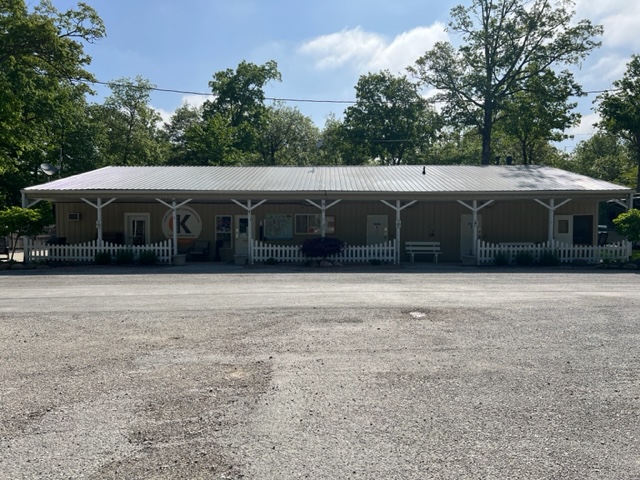
Cost of Camping vs Traditional Vacations
The cost of camping versus traditional vacations can vary depending on several factors, including the destination, time of year, and the type of vacation you’re comparing it to. Here are some things to consider when comparing the cost of camping versus traditional vacations:
- Accommodation: One of the biggest differences between camping and traditional vacations is the type of accommodation. With camping, you’ll likely be staying in a tent, RV, or cabin, which can be more affordable than traditional hotels or resorts.
- Transportation: If you’re driving to your camping destination, you may save money on airfare or other transportation costs. However, if you’re renting an RV or driving long distances, you may end up spending more on gas.
- Food: Depending on the type of camping trip you’re taking, you may be able to save money on food by cooking your own meals over a campfire or camp stove. However, if you’re staying in an RV or cabin, you may have access to a kitchen and may need to buy groceries.
- Activities: Camping often involves outdoor activities such as hiking, swimming, and fishing, which can be more affordable than traditional vacation activities such as theme parks, museums, or guided tours.
- Time of year: The cost of camping can vary depending on the time of year. In peak season or during holidays, camping fees may be higher, and you may need to book well in advance to secure a campsite.
Overall, camping can be a more affordable option for vacationing, especially if you’re willing to forgo some of the luxuries of traditional vacations. However, the cost can vary greatly depending on the specific trip and destination you’re comparing it to.
If you’d like to book a site be sure to check out Kiefer Campgrounds for more information.

Sausage Breakfast Sandwiches
Looking for a simple breakfast recipe? Check out the recipe to make this tasty sausage breakfast sandwich!
Ingredients:
- English muffins
- Breakfast sausages
- Cheese slices
- Butter
- Eggs
- Salt and pepper
- Cooking spray
Instructions:
- Build a campfire and let it burn down until you have a good bed of hot coals.
- Cook the breakfast sausages over the fire until they’re browned and cooked through.
- While the sausages are cooking, prepare the eggs. Crack two eggs into a bowl and whisk them together. Add salt and pepper to taste.
- Heat a small cast-iron skillet over the fire and spray it with cooking spray.
- Pour the eggs into the skillet and cook them, stirring occasionally, until they’re scrambled and cooked through.
- Split the English muffins in half and butter them lightly.
- Place the English muffins, cut side down, on the grill grates over the fire and toast them until they’re lightly browned.
- Add a slice of cheese to each English muffin half and let it melt.
- Place a cooked breakfast sausage on top of the cheese on one-half of the English muffin.
- Add a scoop of scrambled eggs on top of the sausage.
- Top with the other half of the English muffin to make a sandwich.
- Repeat with the remaining English muffins, sausages, and eggs to make as many sandwiches as you need.
Looking for a great campground to try this breakfast recipe at? Check out all of our campgrounds on our website. Hope to see you soon!
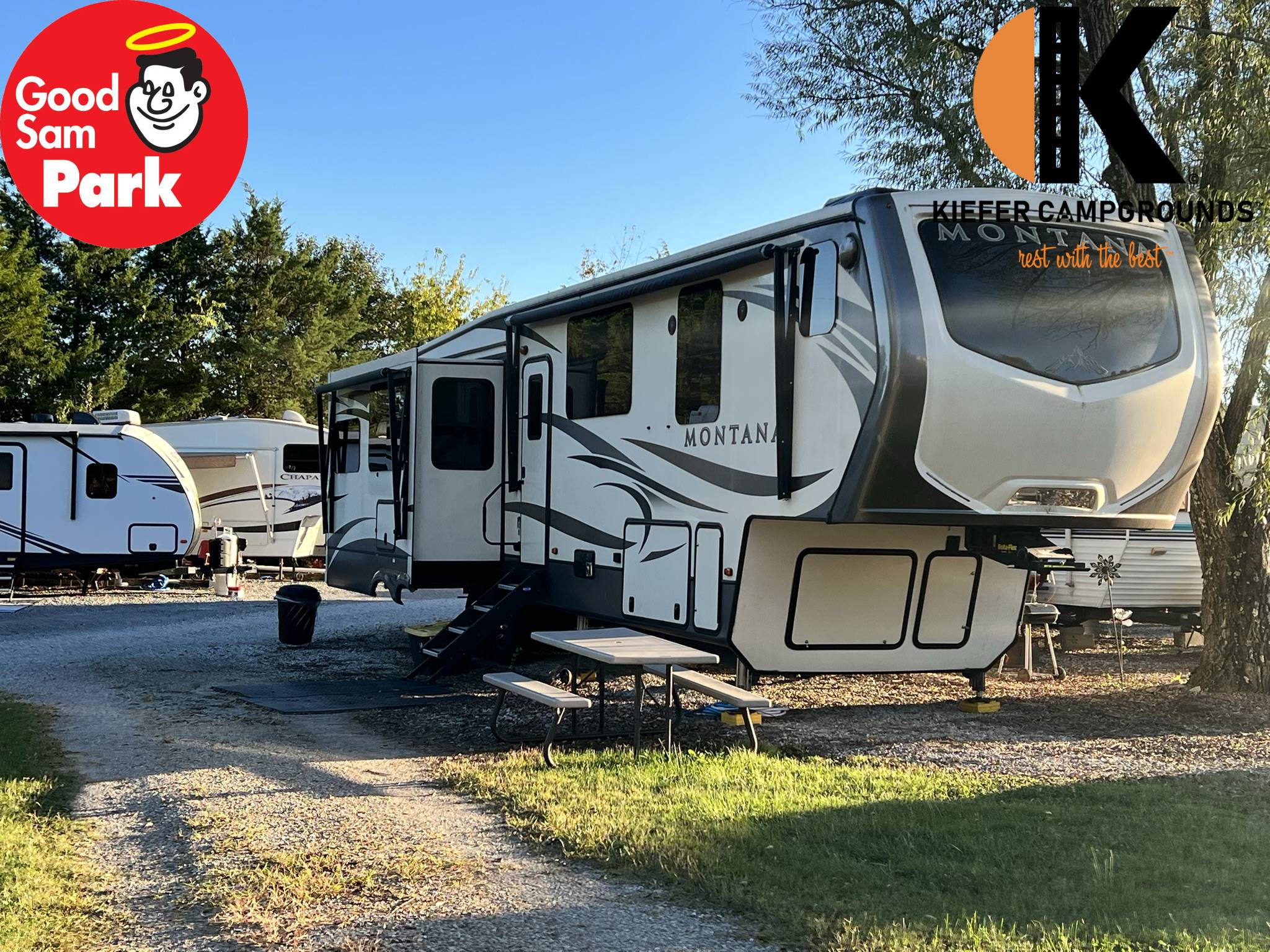
Camping at Good Sam Parks
Good Sam is an RV camping brand throughout the US and Canada. Those who are part of the Good Sam membership can enjoy discounts at many Good Sam parks. All campgrounds within the brand are rated on the website. The rating system is based on three categories: amenities, cleanliness, and environment. Each rating is on a scale of 1-10. All of the campgrounds within Kiefer Campgrounds are Good Sam parks.
How to become a Good Sam member
Signing up for a Good Sam membership is very easy. You can visit the Good Sam website and then select Membership at the top or this link will take you directly to it. From there you can browse more information as well as pricing. If you are ready to sign up for your membership, you can select Join Now and begin the process.
Do any of the Kiefer Campgrounds offer Good Sam discounts?
All of our campgrounds offer Good Sam discounts. This discount is available whether you book online or in person. When booking online simply use the code sam2023. This code will apply the discount to your reservation. To keep this discount on your reservation you will be required to provide proof of membership during the check-in process.
What is the Good Sam rating for Kiefer Campgrounds?
All of our campgrounds are very highly rated. You can find each of our campgrounds on the Good Sam website or take a look at our current ratings below.






RV and Campers Guide to Propane
Camping in an RV allows campers to bring all the comforts of home while still experiencing the great outdoors. Many RVers enjoy hot water, kitchen appliances, and cooking during their travels. However, none of this would be possible without LP gas, commonly known as propane.
Why Use Propane?
Many RVers use propane for three reasons.
- Propane is cheaper than gas. Gas burns twice as quickly as propane, leading to a higher cost overall.
- It is a green fuel solution. Propane has a low carbon content so it produces minimal greenhouse gas emissions or air pollutants.
- Propane is available just about anywhere. Many gas stations and campgrounds sell propane. At Kiefer Campgrounds, we sell propane at every one of our campgrounds.
How to Use Propane
There are two ways that any RVer can use propane. The first way is to convert a generator to use propane. Many older models of RVs do not offer propane hookups. A solution to this is to use a generator converted to propane. The second way to use propane is to use an RV hookup specifically for propane. Most RV models on the market today provide propane hookups.
Empty propane canisters can be swapped out for new ones throughout your trip. Make sure to plan accordingly and remember to fill up.
What Can Propane Be Used For?
There are four amenities that RVers use propane for.
- Heating and Central Air – Propane helps keep you comfortable on the road. You can use it for heating during cold nights or air conditioning during the hot summer.
- Indoor and Outdoor Cooking – If you have propane hookups, propane grills can be connected for outdoor cooking. Indoors you can use propane for stoves or ovens.
- Fridges and Coolers – Melting ice and disorganized coolers are every RVers worst nightmare. Luckily, many RVs use propane-powered refrigerators and coolers to solve this problem.
- Hot Water Heaters – Enjoy hot water to wash your hands and take a shower with the wonders of propane.
Propane at Kiefer Campgrounds
All of our campgrounds sell propane. We offer LP sales to the public and our campers. Just stop at the campground office for more information. If you are interested in booking a site, check out our website at Kiefercampgrounds.com.
Family owned and operated, Kiefer Campgrounds strive to offer you the best rates for a comfortable location with outstanding service, and spotless facilities. When you stay in one of our parks, you are no longer just a happy camper, but a part of our family! We are most certain you will enjoy your stay with us. Pick your favorite location and book your spot now before it’s too late! You’ll be happy you did!
